I am worried about Art, not with the same dread I have about other things happening in our world. I have a sense that we are losing our ability to see Art, because it needs to be looked for. The ineffable is hard to see when our eyes are tuned to constant motion and feedback.
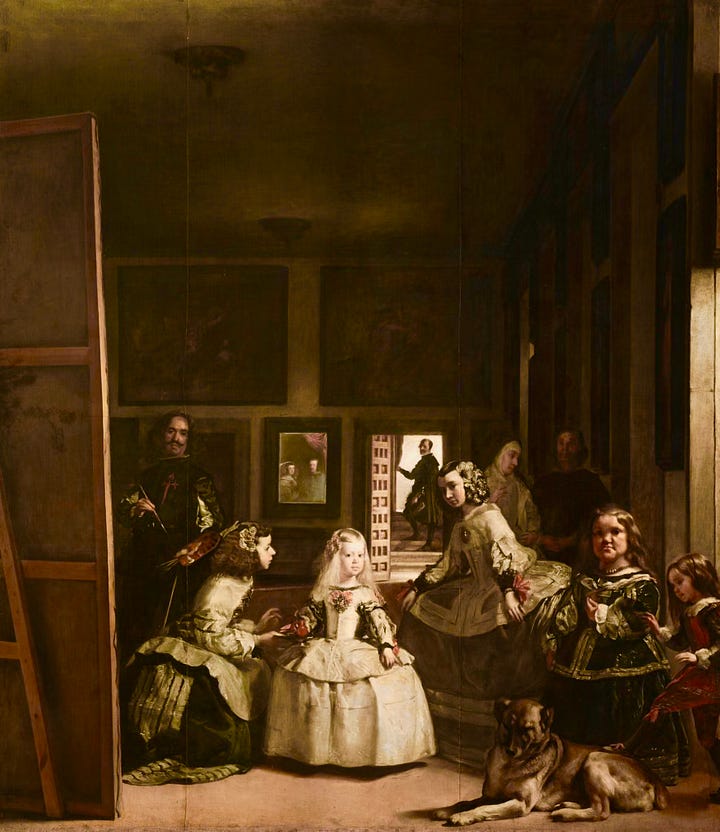
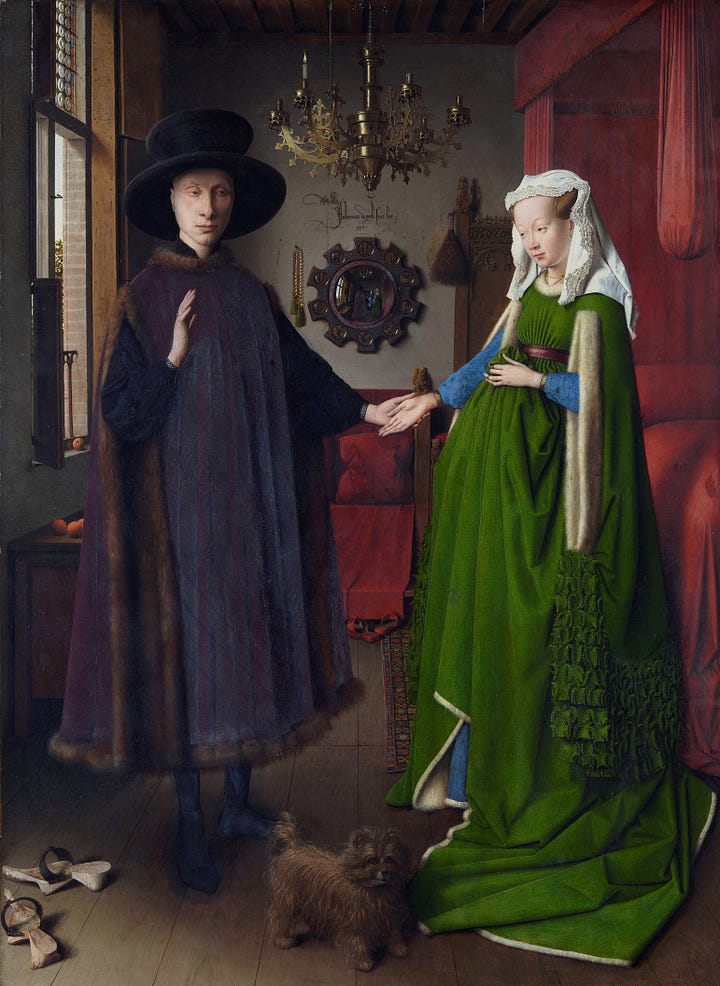
This week in studio I introduced Diego Velázquez’s Las Meninas painting. I actually didn’t introduce it, Ted Zourntos, their painting teacher had already shared it but only 1 student said “yeah some guy named Diego” when I asked if they had seen the artwork before. The painting is a brilliant idea about depicting a portrait through the eyes of the subject and the role of the viewer. This image is super relevant to what we are doing in the studio, but the 369 year gap seems to be a chasm for their attention. Velázquez’s epic canvas (the painting is the same size as the canvas pictured in the work) borrows the conceit of a background mirror from Van Eyck’s Arnolfini portrait. (Velázquez passed this painting, in the collection of the Spanish King, everyday on his way to his studio) The painting is constructed around the 5 year old Infanta Margaret Theresa, the only surviving child of the Spanish royal couple, and the impossible image of the couple in the mirror on the back wall. I don’t believe this was ever meant to be a portrait of the King and Queen, but their implied presence and mirrored visage is the catalyst for everything that is devised in the painting. This is not an image of the visual truth but a conceptual idea that extends what a painting can mean. But, I saw the class couldn’t put themselves into the view of the painting—-maybe if we could be infront of the actual painting.
In Duchamp’s 1917 Fountain, signed R. Mutt, the object—a urinal— is transformed by the act of the artist declaring this is Art. Duchamp likely had a number of reasons for this ploy/prank, but his stated aim was to move away from retinal art to an art of the mind. The process of mass produced objects being given the status of Art and other approaches of modernism and abstraction moved Art further into the liberal arts. Velázquez fought for the status of his position in the court against the role of a painter as a craftsman or tradesman—-a ‘mechanical’ occupation rather than a liberal art. He received his recognition in a knighthood in the Order of Santiago 3 years after painting Las Meninas. Mechanical, liberal, who cares—it is just about market today.
I do have sympathy with Duchamp’s project as it was in direct opposition to the late 19th century art of curdled skills in classical realism, that offers the cultural equivalency of Only Fans in masturbatory pinup art. Ok, yeah I’m not a fan. It’s ironic that Velázquez fought so hard to not be seen as merely a paint slinger and these works have inspired a cult like following of ateliers. A.I. may be too much for this work, as the over wrought surface of gen A.I. is so similar.
I’m an incredible fanboy of Édouard Manet and this painting done 17 years before the Bouguereau. They are not on the same planet, as Manet is challenging space, light, subject matter, the depiction of women, and what a painting actually means. Even the last major work of Manet’s in 1882, A Bar at the Folies-Bergère adds a man in the mirror that implicates a transaction that changes the straightforward portrait of the woman behind the bar. There is more to the painting than the sum of its brush strokes. The challenge to meaning is in how this painting is constructed and that is harder to read without the context of the painting experience in pigment.
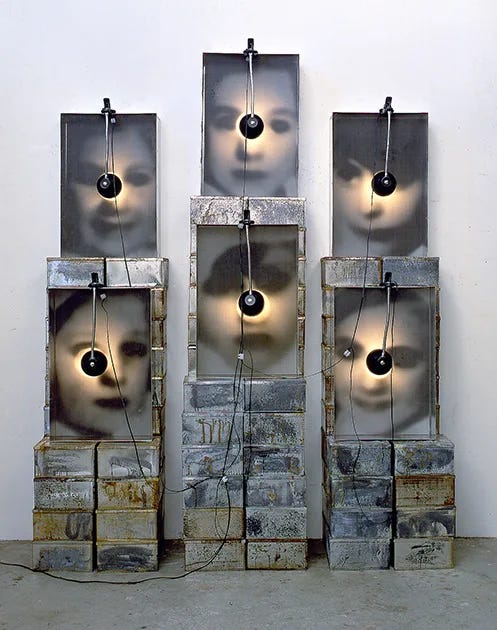
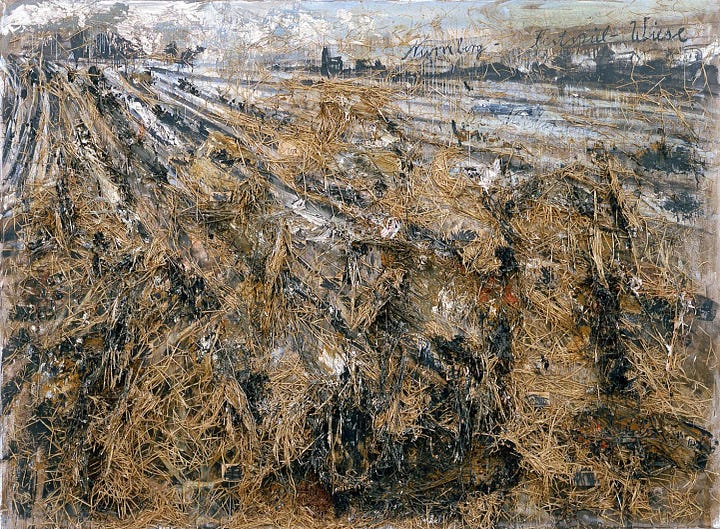
The work of the French artist Christian Boltanski and the German artist Anselm Kiefer rely on materials and scale and subject matter that intersects in their response to WW2. Both artists trace our path in the world, Boltanski in stark photographic totems with tin boxes holding and concealing artifacts of each person. Kiefer plows the landscape of nature torn by the recent past of war with lead, straw, paint, and sand. I have seen multiple shows of both artists and being physically engaged changes everything. The screen as a viewer and a surface for making separates us from the real—there is a cost to the simulated, it blunts our senses.
The elusive quality of presence is what I felt when I saw my first real paintings in the Art Gallery of Ontario—-seeing the brushstroke, a fingerprint and the hair of a brush—-the artist in the art.





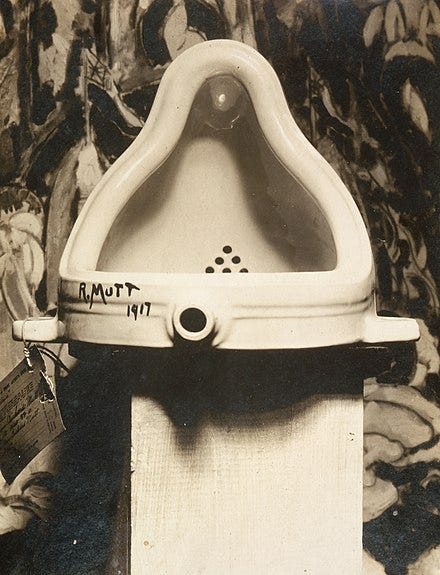
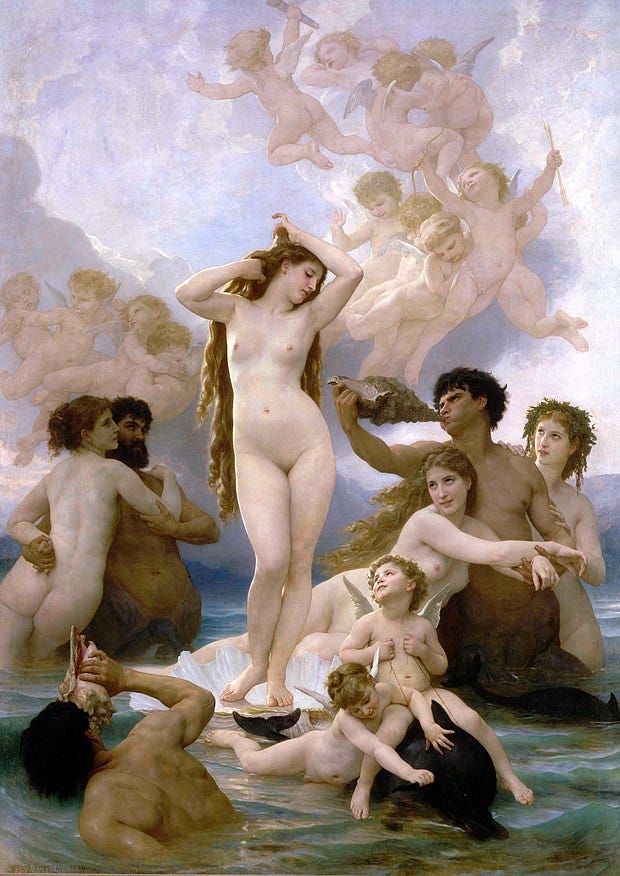
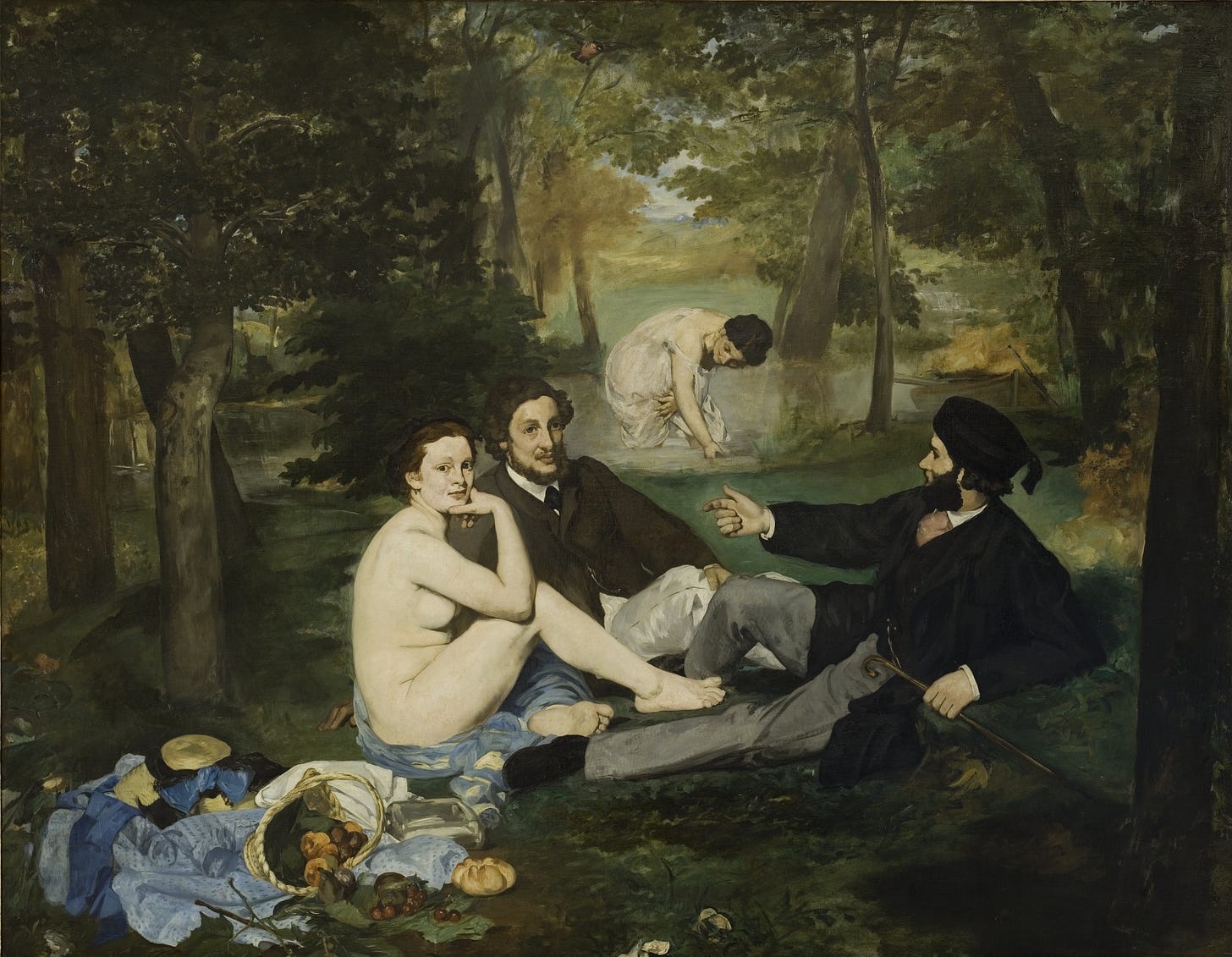
I never go to opening nights. That sounds so pompous. As much as I love cheap wine and gossip, I realized late in life that standing in an empty (of chatter and elbows) space leaves lots of room for connection with the pieces being displayed. Thanks for the history lesson, Joe. So true. Art has to be seen to come alive.
Your scholarship and observations here are brilliant.